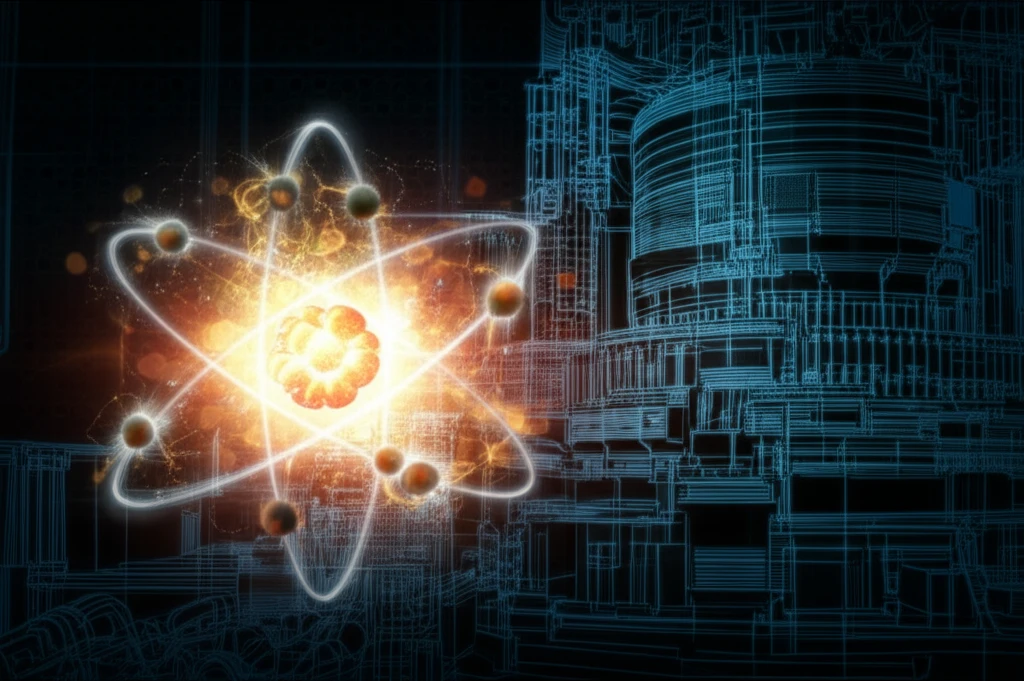
Unlocking Nuclear Secrets: New Insights into Uranium Fission
"A cutting-edge study refines our understanding of uranium-234, crucial for advanced nuclear reactors and safer energy production."
The future of nuclear energy hinges on our ability to design advanced reactors and improve the safety of existing facilities. Accurate data on neutron-induced fission cross-sections of actinides—the heavy elements that fuel nuclear reactions—are crucial for achieving these goals. These data inform the design of reactors that use fast neutron spectra or alternative fuel cycles, and they help to minimize safety risks in conventional nuclear facilities.
A new study focuses on Uranium-234 (²³⁴U), an isotope that plays a significant role in the thorium fuel cycle. Researchers have precisely measured the fission cross-section of ²³⁴U at various neutron energies, using quasi-monoenergetic beams. These measurements provide valuable insights into how ²³⁴U behaves under neutron bombardment, essential for reactor design and safety assessments.
This article will explore the methodology and preliminary results of this groundbreaking research. By examining the experimental setup, simulation techniques, and data analysis, we’ll uncover how this study refines our understanding of ²³⁴U fission and its implications for the future of nuclear energy.
Precision Measurement: How the Experiment Worked

The experiment was conducted using 'microbulk' Micromegas detectors. These advanced detectors, known for their high precision, allowed researchers to accurately measure fission events induced by neutrons. The setup involved bombarding ²³⁴U samples with neutron beams at specific energies and recording the resulting fission fragments.
- Micromegas Detectors: 'Microbulk' Micromegas detectors are used for high-precision measurement of fission events.
- Neutron Sources: Two different setups generate neutron beams at varying energies (keV to MeV).
- Simulation Codes: NeuSDesc and MCNPX codes model neutron spectra and interactions within the experimental setup.
- FLUKA Code: Used for auxiliary Monte-Carlo simulations, studying detector behavior and efficiency.
A Step Towards Safer Nuclear Energy
The results of this study provide valuable validation for the experimental and analytical techniques used. The measured fission cross-section values are consistent with recent time-of-flight measurements, reinforcing confidence in the accuracy of the data.
By refining our understanding of ²³⁴U fission, this research contributes to the development of safer and more efficient nuclear reactors. The precise data obtained can be used to improve reactor designs, optimize fuel cycles, and reduce safety margins.
Future research will expand upon these findings by exploring a wider range of neutron energies and investigating other actinides. This ongoing effort to improve our knowledge of nuclear reactions will pave the way for a more sustainable and secure energy future.
